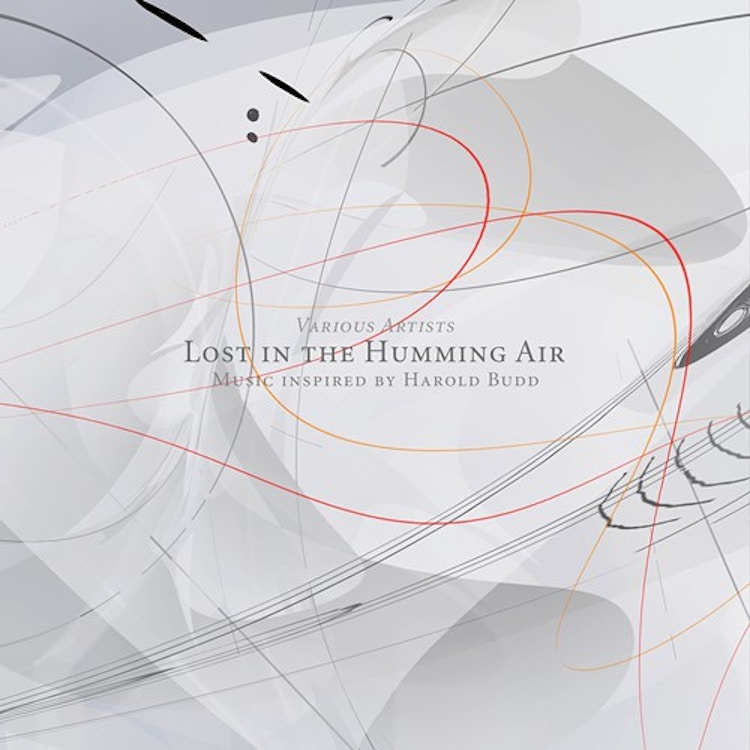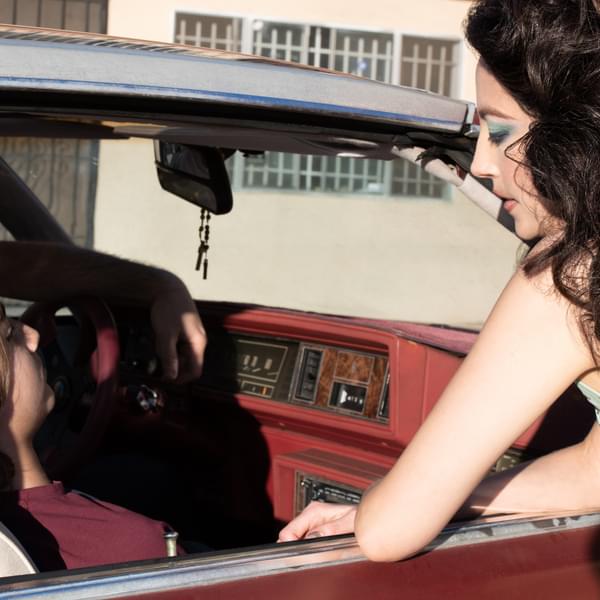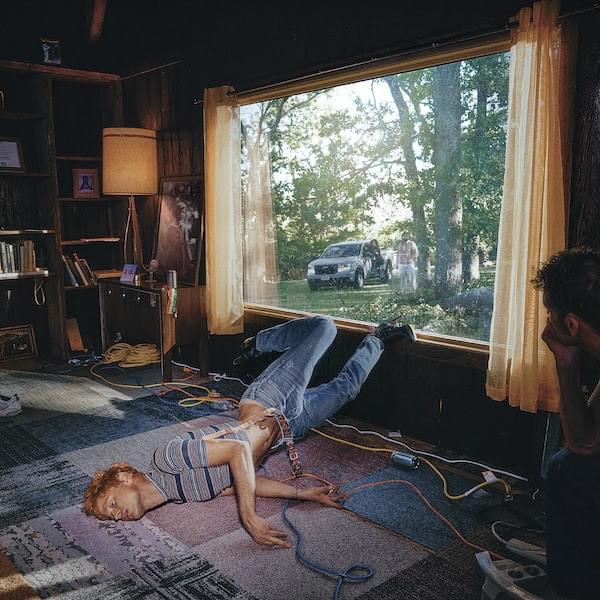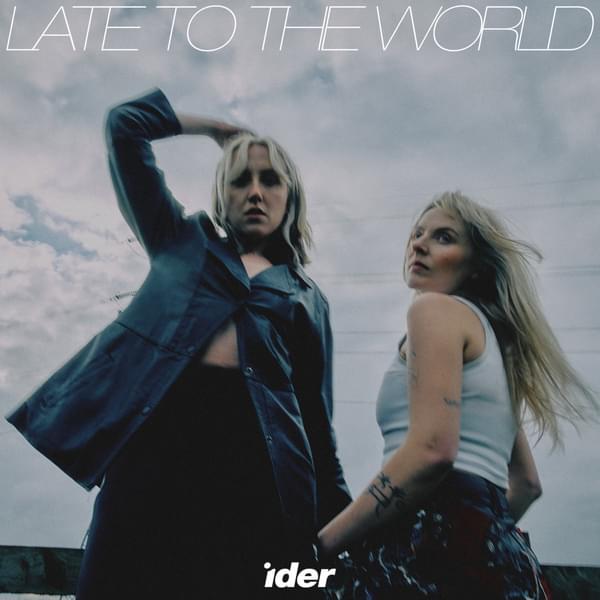Various Artists – Lost In The Humming Air (music inspired by Harold Budd)
""

The fragile beauty of Harold Budd’s minimalism helped lay the foundations for ambient music in the ’70s, and perhaps it is the colour, warmth and light of this atmospheric work which draws so many to him. He didn’t actually listen to the humming of wind on telephone wires in the Mojave Desert (the popular myth!); rather, the Californian composer’s music was born of a need to escape routine and the ugliness of his surroundings in Los Angeles. Ironies like this won’t have escaped Martin Juhls (Marsen Jules) nor his label Oktaf on their compilation Lost In The Humming Air, a tribute of sorts from many present-day luminaries of the genre, which celebrates the emotional quality (or what Brian Eno called “the seduction”) of Harold Budd’s work.
Budd was so excited by the free jazz of Stan Getz, Lenny Tristano and Miles Davis in the ’50s that he took up drums and started playing in local bands, even in the army when he was drafted. He later studied musical composition at the University of South California in the ’60s, became a lecturer at his local arts college and began composing, particularly with piano, in 1962, so his career spans about 50 years. Initially, he took his lead from the avant-garde and minimalists like John Cage and Morton Feldman, but growing disillusionment led to an openness to Medieval and Renaissance music and a general “prettying-up” or colouring of the sound, one of the Budd trademarks. A tape fell into the hands of Brian Eno and the early multi-instrumental work ‘Madrigals Of The Rose Angel’ (by that time, Budd was using full-blown orchestras and choirs) became part of his official debut The Pavilion Of Dreams, produced by Eno in 1978. The two worked together on follow-up projects, notably Ambient 2: The Plateau Of Mirrors in 1980, centring on Budd’s minimalist piano, and although it may be a simplification to say so, these fellow architects of ambient music gave the genre its essential underpinnings, the “cusp between melody and texture”, as Eno puts it.
Budd’s warm energy has flowed from the Californian desert ever since, and while it hasn’t all been plain sailing, the mystique and self-imposed exile only seem to have added to his allure. Robin Guthrie/Cocteau Twins, John Foxx, Bill Nelson, Jah Wobble, David Sylvian and Andy Partridge (to name but a few) have all benefited: if you want to work with Harold Budd, join the queue! For Lost In The Humming Air, Juhls and his co-curator Rafael Anton Irisarri (a.k.a. The Sight Below) looked for work which manifested Budd’s influence today – more a musical debt repaid than any kind of tribute – and in fact all the tracks were donated so any money from the project will go towards a charity of Budd’s choice.
The 13 pieces here all ooze sonic loveliness, with basic ingredients of warm drones, tinkling electronic and analogue effects, not to mention the legendary piano sound. At the same time, they each offer something slightly different, flashes of “light” so, like visiting the exhibition of a favourite painter, you probably wouldn’t want to miss out any. It’s all about mood and intensity, and Juhls and Irisarri have arranged it so you hardly notice the joins between tracks, only Budd’s light shining through all of them.
Deaf Center’s powerful opener ‘Plateaux’ seems to be sculpted out of ice, with its arching strings and horn sounds in acres of space all set to glacial piano, but the mood is then sustained by Loscil’s ‘Rye Fields’ with the subtlest of drones fading in and out over its 6 or so minutes, gentle piano breaking through in waves. Biosphere’s ‘Det Var Kulmork Hiem’ is bold in its minimalism, often using one note to fill out longer and longer silences, like Glass or Satie. Xela’s ‘The Only Rose’ and Marsen Jules’ ‘Sunrise On Third Avenue’ dink things the other way: the former repeating a delicate piano pattern and electronic bleep like Laurie Anderson’s ‘O Superman’, interestingly up against a thick fog of radio-wave distortion, while the latter uses a more conventional electronic drone to gently build its intensity and warmth. Juhls’ contribution plays out like a sunrise and echoes Budd’s early work with Eno.
Irisarri’s bubbling and industrial ‘Gloaming’ fades to let the piano breathe more warmth into proceedings, and the instrument resonates again throughout Porn Sword Tobacco’s exquisite ‘Painting World War 3′. Interestingly, Brock Van Wey’s elegy to his father is accompanied by mother Criss supplying beautiful washes of piano amongst the chanting, orchestration and bristling fireside sounds. Mokira’s ‘Harold Dubb’, by contrast, is more playful, with underwater dub (and dubstep) mashing the music up slightly.
Rather like the consistently good Total or Pop Ambient compilations released on Wolfgang Voigt’s Kompact label, Lost In The Humming Air is all about textures and tonal shifting to create moods. Those already familiar with Budd’s work won’t find many surprises here: it’s the story of ugliness being kept at bay by fragile beauty, with colour, warmth and light all taking shape in musical form. For the uninitiated, however, this may be a useful entry-point for the genre: never mind the humming air, there’s an enchantment and poignancy about these selections which are, as Eno famously put it when he was describing ambient music on Music For Airports, “intended to induce calm and a space to think”.
Get the Best Fit take on the week in music direct to your inbox every Friday

Great Grandpa
Patience, Moonbeam

Deafheaven
Lonely People With Power

Perfume Genius
Glory





